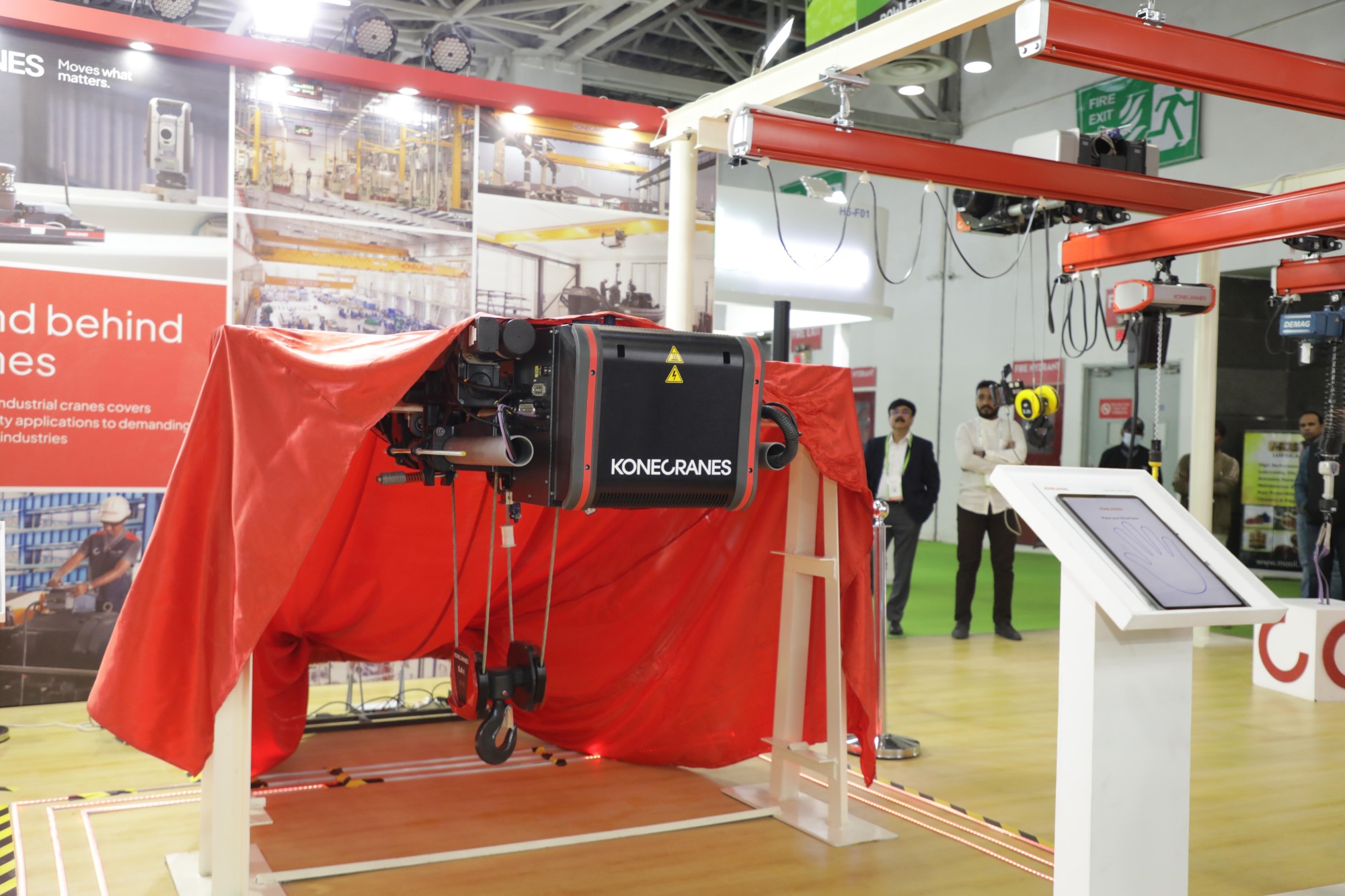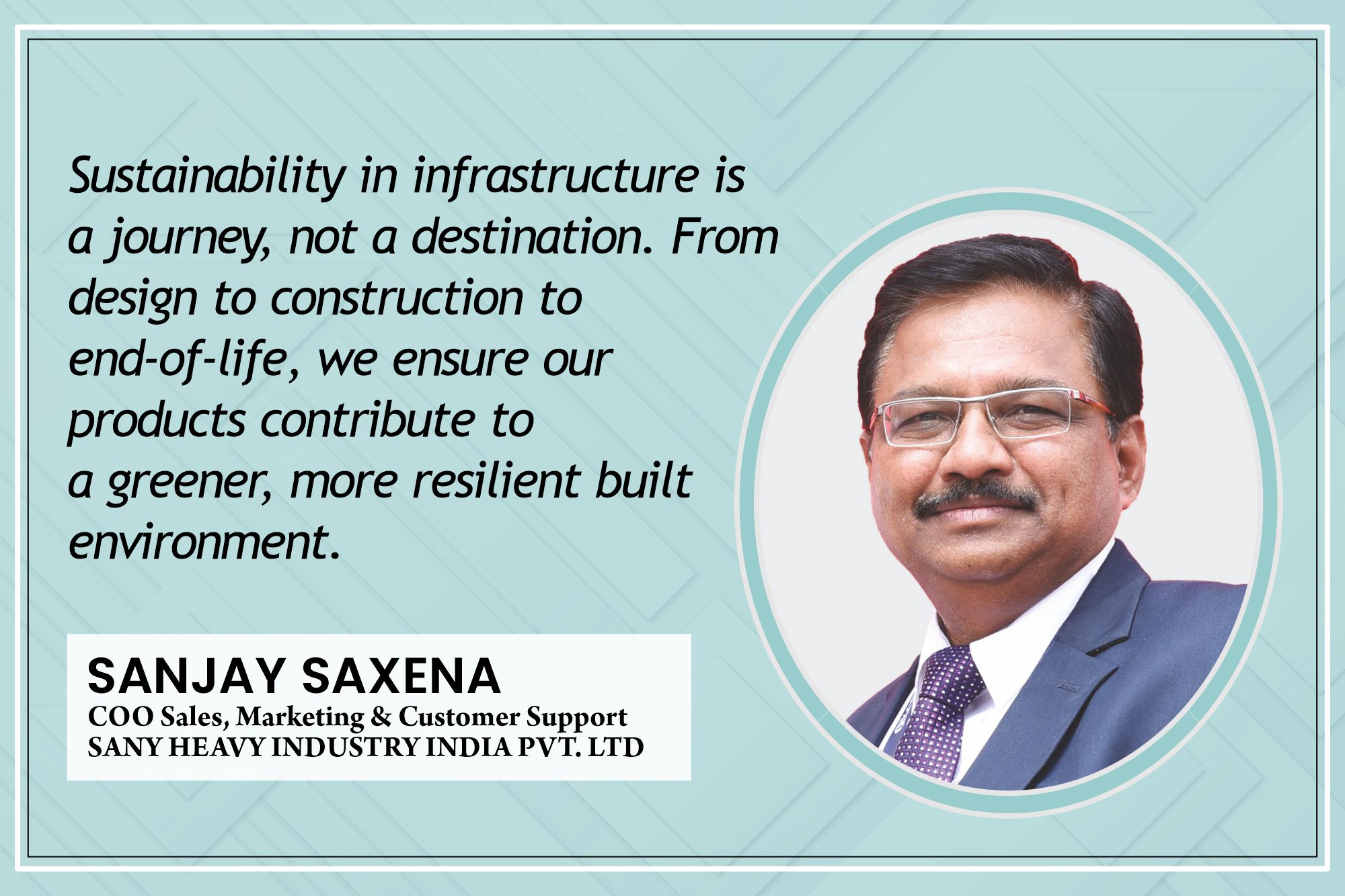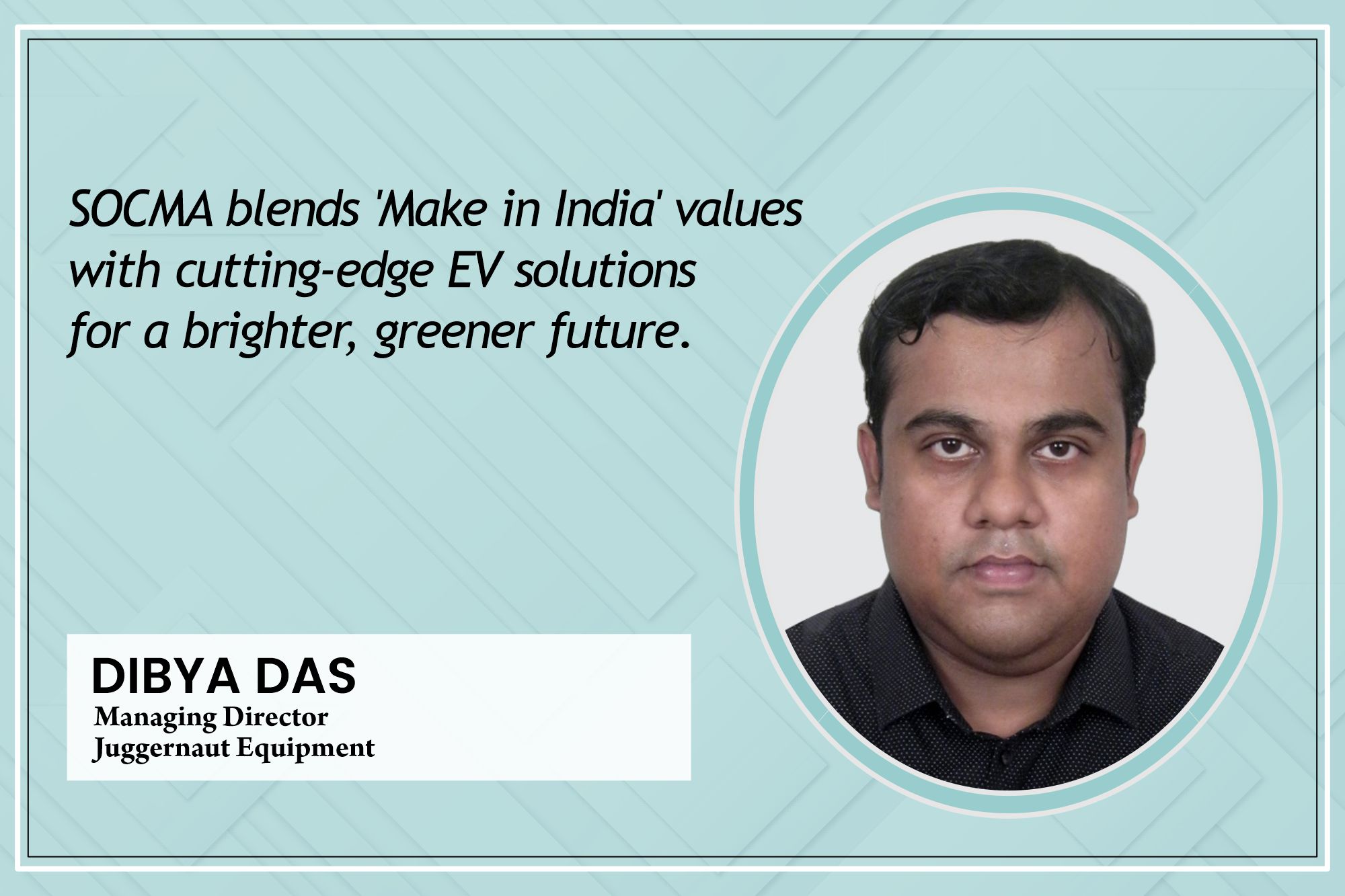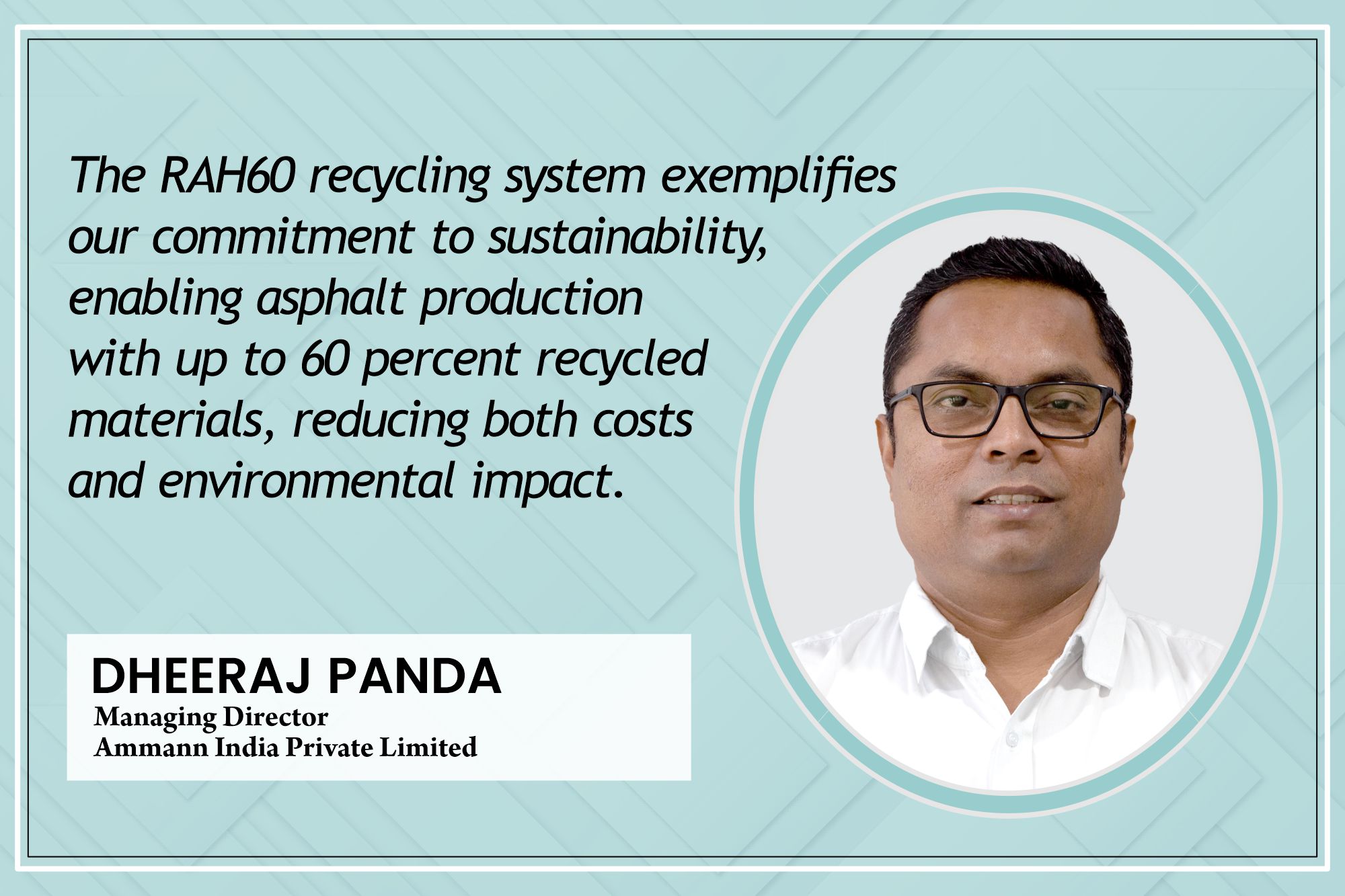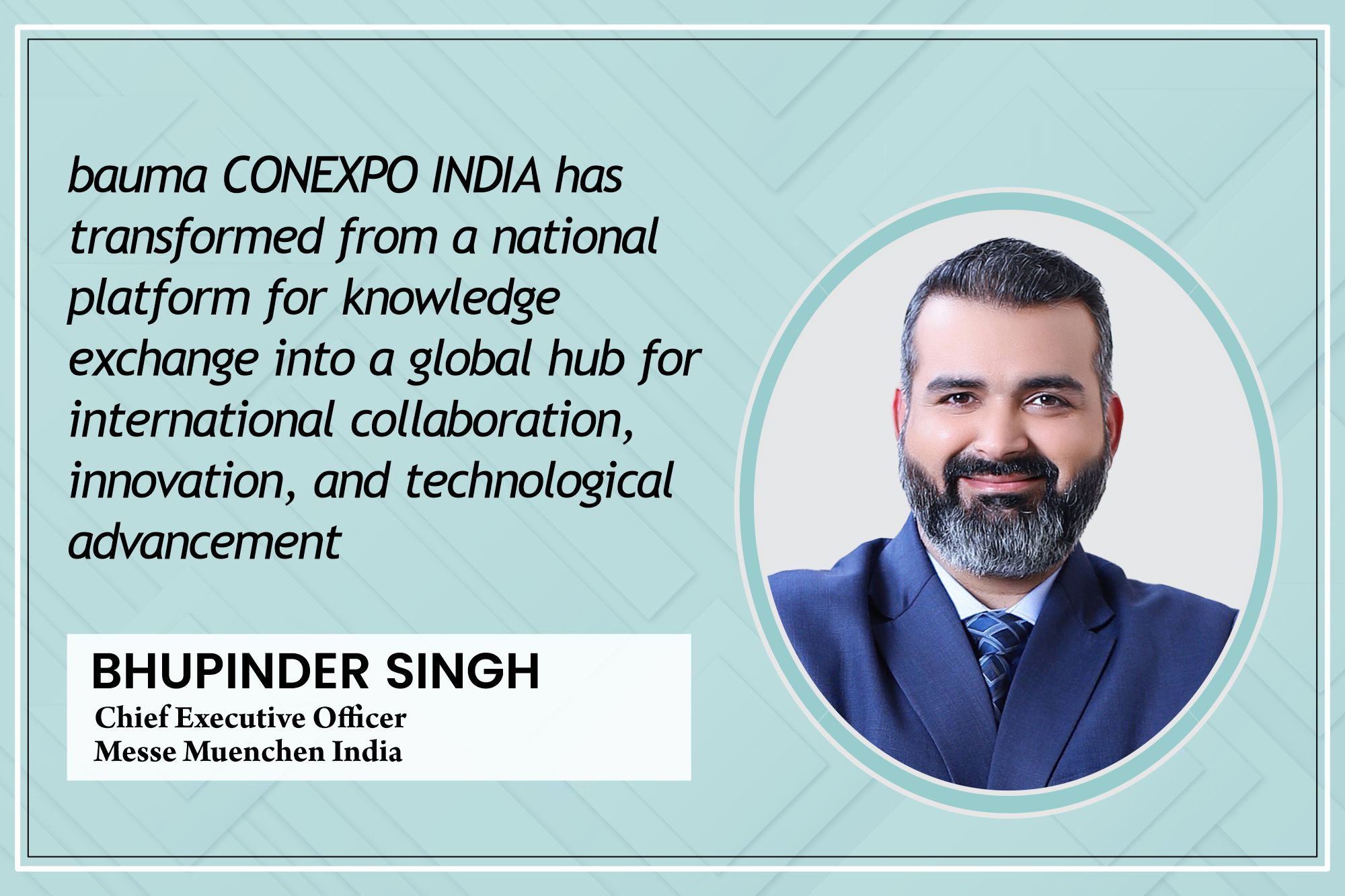Volvo Trucks: driving safety, fuel efficiency, comfort
By Edit Team | November 19, 2018 9:09 am SHARE

The increasing focus on infrastructure projects that are subject to time-bound completion has augmented demand for Volvo Trucks, according to Dinakar B, Senior Vice President – Sales, Marketing and Aftermarket, Volvo Trucks in a media interaction. The company that has focused only on the high-end, characterises its trucks in the premium segment likely to grow in future.
Do you see growth in construction and mining segment considering Volvo’s dominance in mining segment?
The premium segment size is still very small. However, focus on productivity and timelines is likely to increase, increasing preference for better trucks. Hence, the segment will continue to grow.
Do you have large market share percentage in mining?
There is coal mining and deep coal mining. Not at the surface level, it can be done by the other trucks. But, ripped and robust trucks are required when going 100-150 metres deep.
Will the new truck with easy construction expand market for you?
More customers are now migrating and focus on timelines given the government’s focus on infrastructure projects, that increases demand for such trucks. So, for more productivity, efficient trucks are called for as fleet size itself can come down. This awareness has led to high-end customers thinking of this swelling likelihood for more conversions.
Could you characterise Volvo Trucks as premium truck?
Definitely it’s a premium truck. Volvo Trucks has always focused on the high end. Our objective is to drive prosperity through transport solutions, so we are providing more and better of the same to customers which will help them migrate with GST implementation. We focus on premium segments driving this migration towards the premium. Considering the logistics cost in India, it is still 13-15 per cent of the GDP. There is a lot of wastage in it and we now have the opportunity to cut that down by getting the latest equipment and transport solutions. Hence, we plan to drive customers in a way that moves them up the value chain improving their productivity and profits by getting into premium segments.
What differentiates your mining trucks from construction trucks?
We build our trucks under three pillars – safety, productivity and environmental care – which are common for all products. However, instead of differentiation, the similarities are that we drive efficiencies, productivity, fuel efficiency, driver comfort and safety. However, technical features are slightly different. In mining trucks, we give a rock body while in the latter we give a box-like body, which is 23 cu.m., that is about 19.5 cu.m. Both trucks have I-shift. The inside software in mining trucks will be slightly different than the latter. Hence, the product is not differentiating but technical features are.
Please talk about the extension of application of your products in other segments.
We started our journey in coal mining. We have been very strong in the niche applications of these deep mining and coal mining. There can be surface mining also where our vehicles are suitable to increase productivity, efficiency and the total cost of ownership for customers, then only they will try selling the same. When we started expanding beyond coal, we identified three segments – irrigation, construction and quarry – where we seeded our trucks with the existing models of FMX 460.
What are the irrigation projects where your trucks are working?
In Telangana, many irrigation projects are going on most of which are going on around the lift irrigation projects and pump house building, and there, our trucks are working.
What are the new zones of activity you are looking to operate?
At present, irrigation is more prevalent in Telangana, Andhra Pradesh, Maharashtra and Madhya Pradesh.
What will be your trump card to sell and service your products in the wake of flexible demand in manufacturing crushers, sand, aggregate sizes, among others.
If the crushing plant is less than 250 tph, it depends on the productivity requirement for each project. If the crushing plant is higher in capacity than requirement to the aggregate and the turnaround time is faster, our trucks will come into that. Hence, our trump card in everything of these things is higher uptime, faster turnaround time and lower fleet. If you’re trying to do with 10 trippers, you can do with our six trippers. We provide faster turnaround time, lower fleet and high standard of safety. This raises construction contractor’s efficiency as truck training woes consume huge amount of time.
Overall cost per tonne kilometre will come down and all cost is converted into per tonne kilometre cost. Over the product’s lifetime, your per tonne cost by per tonne kilometre would be less. We are guaranteeing customers to test the solution and the cost would come down. After comparing the increased cost, we deliver lower cost. We will sell it to only those customers for whom we can cut the cost. Today, the entire industry is getting converted into premium segment.
How do you see the growth and what factors are driving the same?
First half of the growth was 40-50 per cent. Reinvestments are driving growth. After GST, the replacement is strong owing to demands like in e-commerce companies where you have to certify delivering in a stipulated amount of time. Also, they calculate the cost
with their existing fleet, time meets their cost targets; if you buy new trucks, they can meet the targets. These things are driving these replacements.
How has the year been for Volvo Trucks?
We have growth of around 35 per cent in Volvo Trucks. Since these are premium trucks, the cost per truck is high. Last year in mining, we were having 75 per cent market share. In construction, we gave FM 460 and now giving FM 380. This year, we are redefining the construction segment.
What is the market share you are looking for construction segment?
We see migration and we’re going to drive that migration. We’re going to drive that chance.
Last year, the tripper market was around 60,000 to 65,000 and this year first half it is grown by 80 per cent. These trippers are for construction, material movement, sand, mining, coal mining, iron-ore mining. This is may be around 80,000 to 85,000. Out of this, premium segment is still around 2,000.
Do you see any timeline kept for moving to non-fossil fuel for trucks in India?
That’s another thing where lot of work is going on but it would still take time for trucks. We are working on fossil fuels. In India, whenever the market needs solution, it will be available because Volvo is working on all such solutions overseas.
Focus on productivity and timelines is likely to increase, shifting customers’ preference towards better trucks.
Dinakar B, Senior Vice President – Sales, Marketing and Aftermarket, Volvo Trucks
Cookie Consent
We use cookies to personalize your experience. By continuing to visit this website you agree to our Terms & Conditions, Privacy Policy and Cookie Policy.




